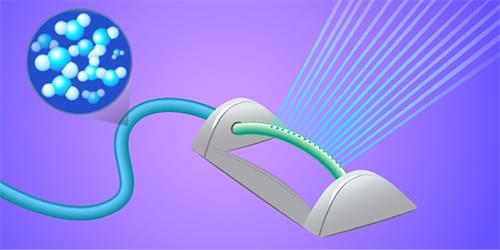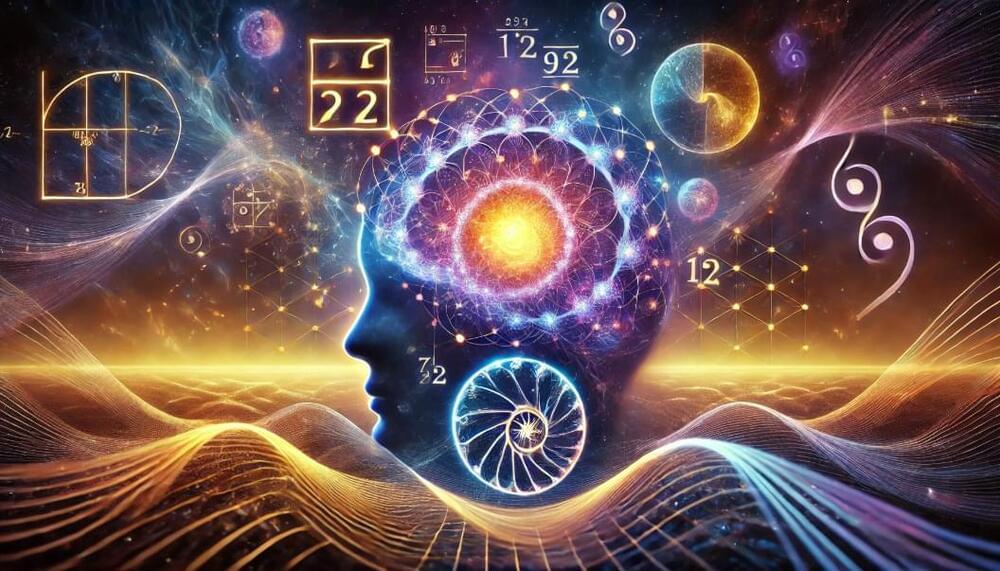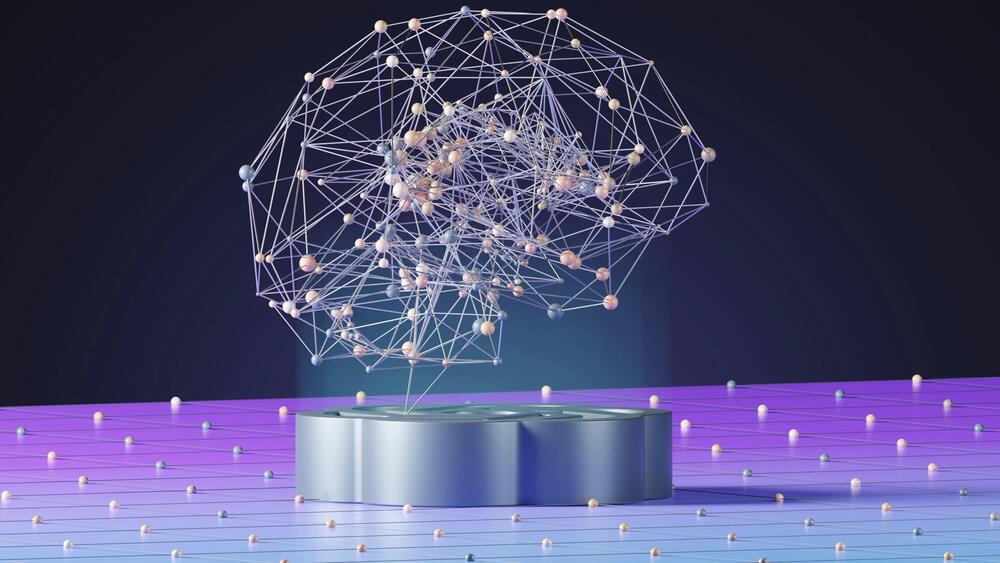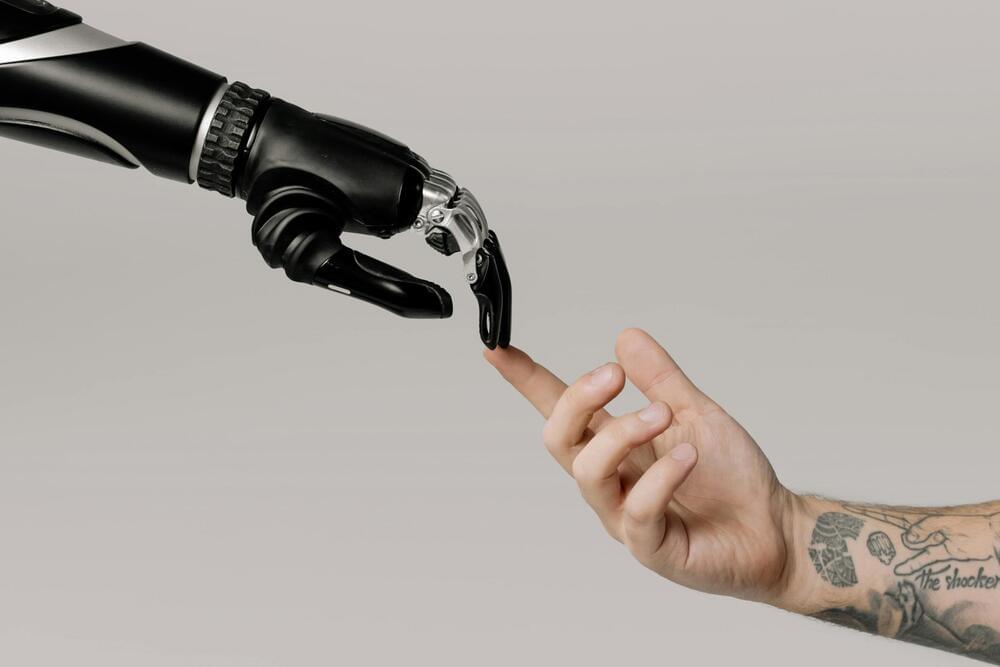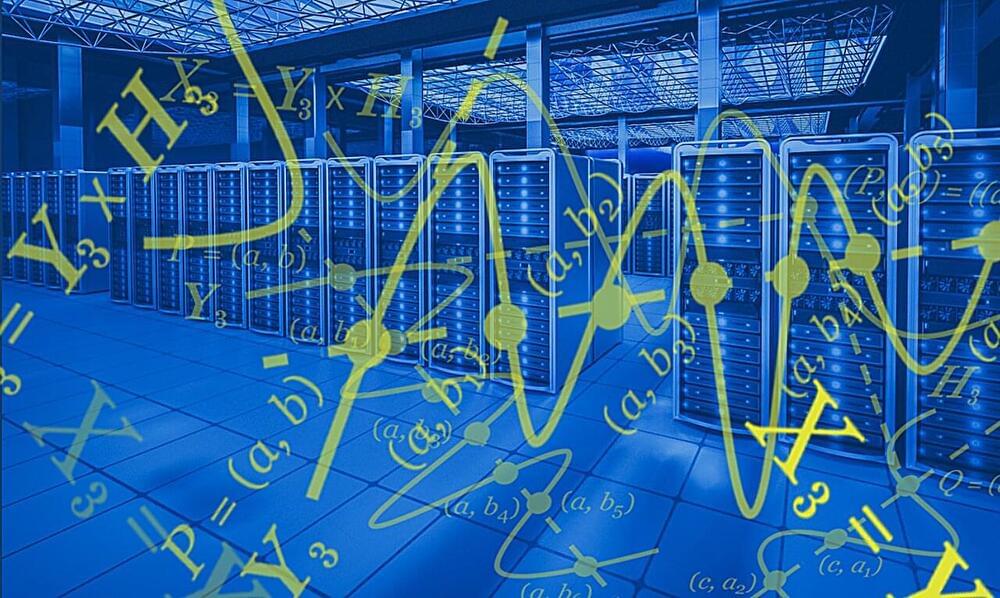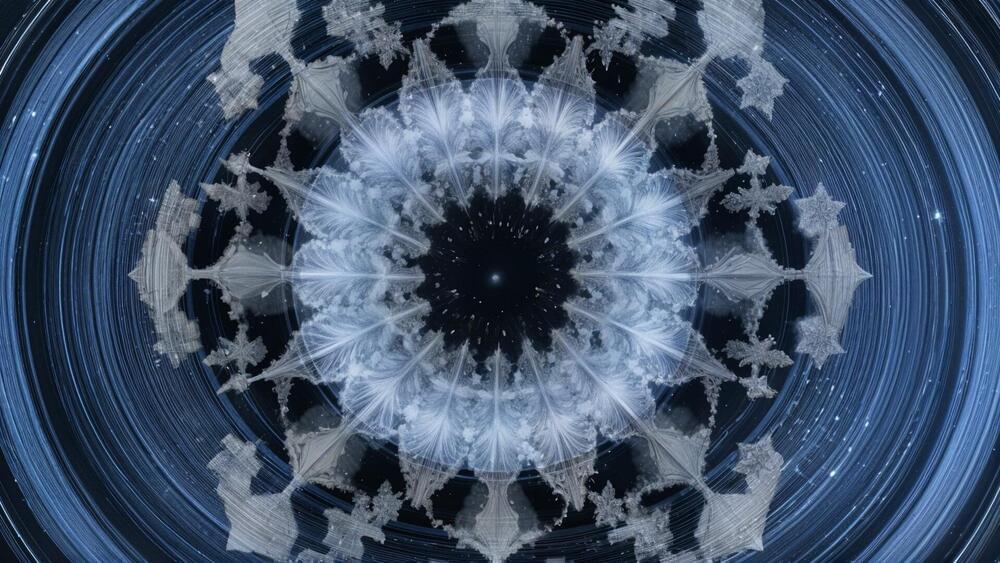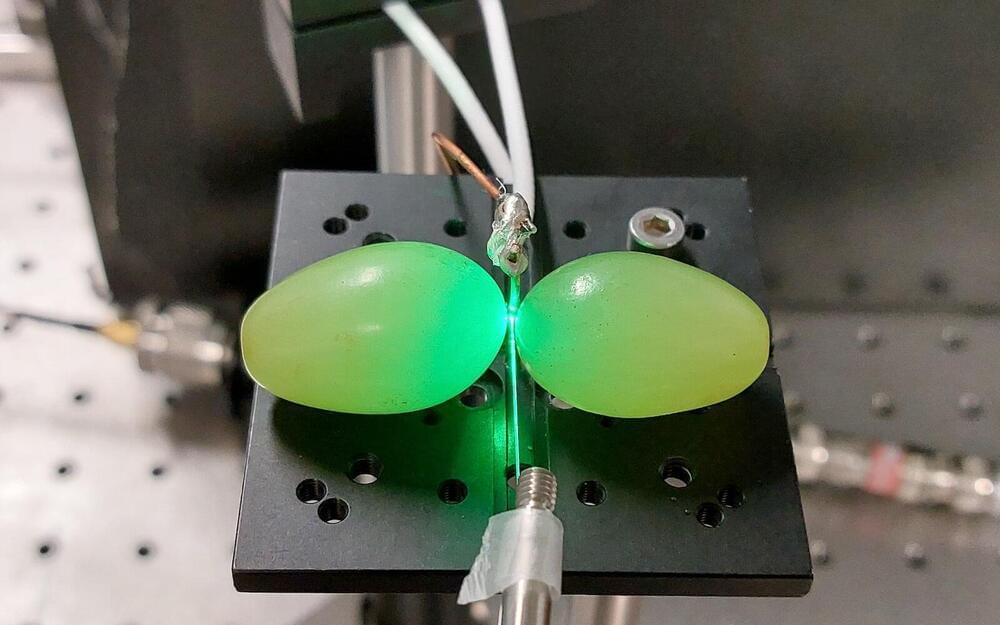A non-technical introduction to platonism in the philosophy of mathematics.
Philosophy of mathematics is important, especially for philosophers interested in metaphysics. Suppose, for instance, you have nominalist tendencies, and you argue against the existence of abstract objects. Well, probably the most important kind of abstract objects are found in mathematics. Any serious nominalist needs to give an account of them.
Yet philosophy of mathematics is also, for obvious reasons, quite technical, and it can be pretty daunting for those who have less mathematical training. Nevertheless, I think the basic arguments can be made accessible to anyone who’s interested, and that’s what I’ve tried to do in this video.
For further reading on phil of mathematics, I recommend: “Thinking About Mathematics” by Stewart Shapiro and “Introducing Philosophy of Mathematics” by Michele Friend. These are both fairly orthodox introductions. For an introduction that focuses more on contemporary issues (it has just a few pages devoted to formalism, logicism, and intuitionism, yet a whole chapter on paraconsistent mathematics), I recommend “An Introduction to the Philosophy of Mathematics” by Mark Colyvan.
There is some debate about how exactly to formulate the Quine-Putnam Indispensability Argument. In this video, I’ve followed Colyvan (see his aforementioned “Introduction”).
Re 43:26: I’m not sure why I said that. Obviously, Von Neumann did not hold the absurd belief that every ordinal *is* the ordinal before it; rather he believed that every ordinal is *the set of* all ordinals before it.

